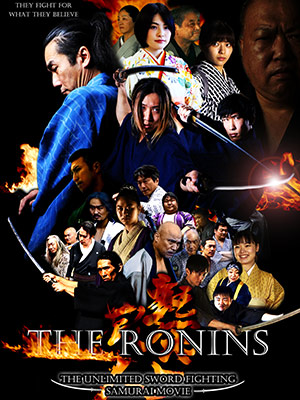Enshrines: Amaterasu Omikami.
Popularly known as "O-Ise-san," or officially"Jingu," Ise Jingu is principally composed of the Kotai Jingu and Toyoukedai Jingu, where the supreme deity Amaterasu Omikami and the great deity Toyouke Omikami are worshiped, respectively. In addition, Jingu also includes fourteen auxiliary sanctuaries, as well as one hundred and nine lesser sanctuaries, including sessha, massha and shokansha in which are generally located facilities for the preparation of sacred food and textile offerings.
Originally, Amaterasu Omikami was revered within the Imperial palace by successive Japanese Emperors. However, in the era of the tenth Emperor Shoji, in awe of the divine authority of Amaterasu Omikami, the august mirror, the symbol of the god, was moved from the Imperial palace. After searching in other regions, finally in the twenty-six years of the reign of Emperor Suinin (4 B.C.), she decided upon the present sanctuary of Nakaku, by the upper Isuzu river, as the place where Amaterasu Omikami should be enshrined for eternity.
Main Sanctuary and Goshoden
Amaterasu Omikami is enshrined in the main sanctuary building of the inner sanctum of Naiku, in which the august mirror is kept and worshiped. As they are most sacred, neither the august mirror nor the main sanctuary building may be seen y pilgrims or other visitors. The architectural style of the main sanctuary is known as yiitsu shinmei zukuri, which is unique to Jingu and is said to be the purest and simplest style of Shinto architecture.
The Goshoden is periodically used for the food offering ceremonies of the various lesser sanctuaries.
The Uji Bridge
Like the main and auxiliary sanctuaries, the Uji Bridge is rebuilt in keep with the twenty year cycle of the Shikien Sengu. The Uji bridge spans over the sacred Isuzu river which, as the many poetic references made to it will reveal, has captured the imagination of the Japanese people.
The Imperial Household and Jingu
The building situated to the right of the saikan is for the exclusive use of their Majesties the Emperor and Empress on the occasion of their pilgrimage to Jingu. Three times a year, the Emperor sends an envoy to Jingu to officiate at maor ceremonies on his behalf. By venerating Amaterasu Omikami, who is the ancestral god of the Imperial family, the Emperor prays for the protection and welfare of the Japanese nation and for peace in the world.
The Forests of Jingu
The hills beyond Jingu are part of the sacred grounds of Naiku. Until the Middle Ages, all timber used in the reconstruction of the sanctuaries of Jingu on the occasion of the Shikien Sengu was obtained from the Kiso Gifu and Nagano Prefectures.






